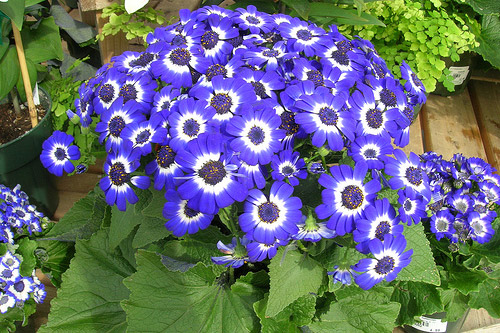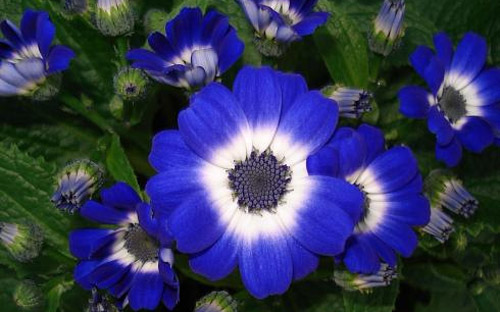
Monday mornings are a fun time for sharing toxic plants, because although they are bad little greenies, some of them are quite beautiful. Today we’ll take a closer look at the boldly colorful and cheerful Cineraria.
A Little About Cineraria
Cineraria is also commonly called Dusty Miller, & Sea Ragwort. This is an evergreen perennial shrub with lobed, hairy leaves, daisy-like pink, red, blue, purple or white flowers which can often cover foliage completely.
How Dangerous Is It?
This is another flowering plant that horses have limited access to which makes it less of a worry. It is also unpalatable so horses aren’t likely to eat it unless they have no other viable food. However it is important to note it’s toxicity, Cineraria contains pyrrolizidine alkaloids which affect the liver.
All parts of the Cineraria are toxic and can be fatal to equines.

What To Look For
You know your animal the best, so you should know when something is amiss. Cineraria toxicity symptoms can include loss of appetite, abnormal behavior, diarrhea, gastrointestinal distress & blindness.
Learn More
Be sure to check out the Cineraria page to learn more about the plant and while you are at it why not check out more toxic plants?
*It should be noted that I’m not a veterinarian. This information is written specifically for horses and should be used for reference purposes only. If you think your horse has eaten something toxic call your vet right away.

The photos you are showing are not of a plant in the genus Cineraria, the one commonly known as dusty miller. The photos show Pericallis x hybrida, the common name of which is cineraria. So which one is toxic?